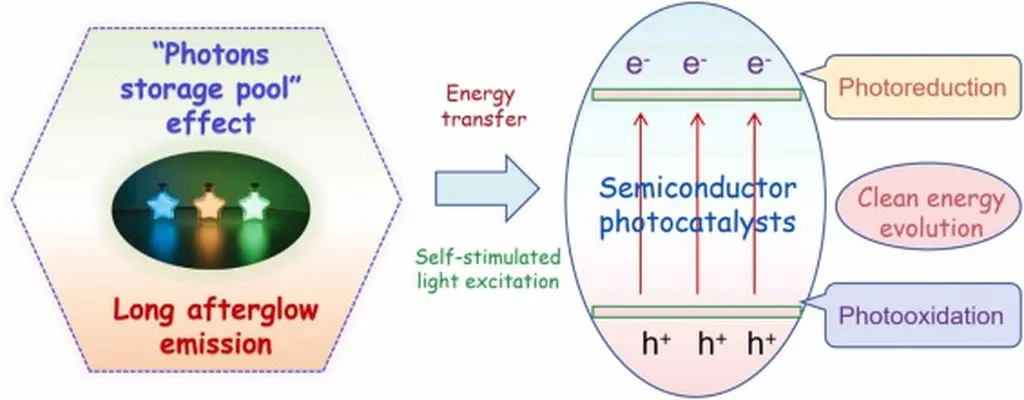In the quest to make photocatalysis more efficient and commercially viable, researchers have turned to an unconventional source of inspiration: opals. Not the gemstones, but their structural properties. A recent study published in *Applied Surface Science Advances*, a journal that translates to *Advances in Surface Science Applications*, has unveiled a novel approach to fabricating inverse opal titania (IOT) films, which could significantly enhance light harvesting for photocatalysis. This breakthrough could have profound implications for the energy sector, particularly in water treatment and air purification technologies.
At the heart of this research is Lei Wang, a scientist at the Faculty of Chemistry, Jagiellonian University in Kraków, Poland. Wang and his team have developed a method to create highly ordered, crack-minimized IOT films using a titania mixture sol containing both amorphous and crystalline titania. This co-assembly approach allows for precise control over the film’s structure, which is crucial for its performance.
“The key to our success lies in optimizing the synthesis parameters,” Wang explains. “By carefully controlling the composition and processing conditions, we can create films that are not only highly ordered but also minimize cracks, which can significantly impede photocatalytic performance.”
The team characterized the films using various techniques, including X-ray diffraction (XRD), scanning electron microscopy (SEM), and UV/vis spectroscopy. They then tested the films’ photocatalytic activity by measuring the generation of hydroxyl radicals, which are highly reactive species that can degrade organic pollutants.
One of the most intriguing findings of the study is the influence of the irradiation angle on the films’ photocatalytic activity. The researchers found that irradiating the films at a 20° angle significantly enhanced their activity, likely due to the formation of additional bands corresponding to intrinsic photoabsorption by titania.
“This finding is particularly exciting because it suggests that we can tune the photonic properties of the films simply by changing the irradiation angle,” Wang says. “This could not only enhance photocatalytic activity but also provide insights into the underlying mechanisms.”
The potential commercial impacts of this research are substantial. More efficient photocatalysis could lead to more effective water treatment and air purification technologies, which are increasingly important in an era of climate change and environmental degradation. Moreover, the ability to tune the photonic properties of the films could open up new avenues for research and development in the field of photocatalysis.
As the world grapples with the challenges of sustainability and environmental protection, breakthroughs like this one offer a glimmer of hope. By harnessing the power of light and the unique properties of inverse opal structures, researchers are paving the way for a cleaner, greener future. And with further research and development, the commercial impacts of this work could be felt across the energy sector and beyond.

